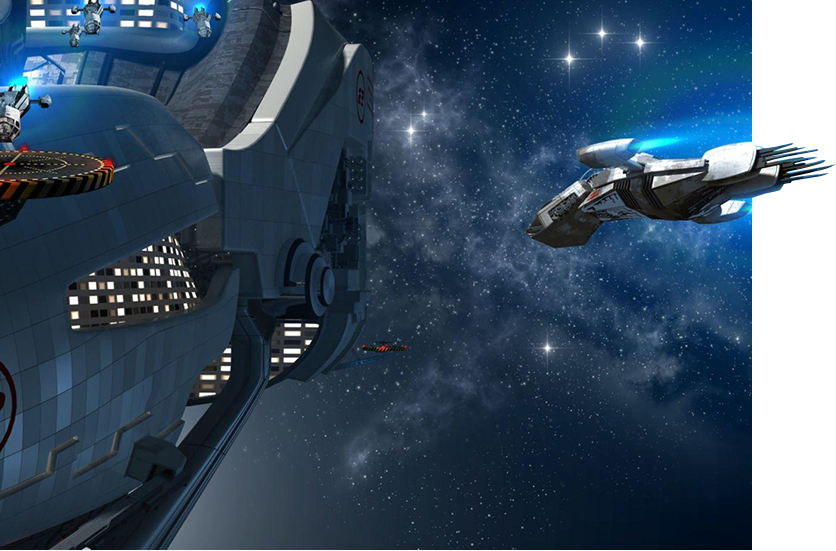The video games industry is massive, with many recent reports putting its global market at close to or even over $200 billion USD, surpassing other popular forms of entertainment like books, film, and music. The industry only continues to grow as gaming becomes more mainstream, with the increasing popularity of mobile games making gaming even more accessible. Over 18,000 games alone were released on Steam in 2024, with 2025 already on track to surpass that. If you’re an indie developer, you may be wondering how you can still attract attention and build momentum before launch with so much competition. Digital marketing, social media, and press outreach, to name a few, are tried methods that you can use to achieve impactful results. Let’s explore these effective marketing strategies for video games, among others, that you can implement yourself.
Digital Marketing
Digital marketing is a broad field encompassing multiple techniques from paid advertisements, and search engine optimization (SEO), to content marketing, and more. The former, paid advertisements, work especially well for video games due to the already online nature of the target audience. Meta, TikTok, YouTube, and Reddit ads serve platforms frequently utilized by gamers and can lead to guaranteed results if you have the money to spend. With careful monitoring and adjustments, you should aim for a conversion rate of $1, ideally lower, per wishlist.
Social Media
In the age of virality, social media is an effective marketing strategy that has the potential to make your game truly take off. Even if monitoring popular meme trends isn’t your thing, it’s good practice to have a social media presence; parking your information for people to find is better than being completely invisible. With a little more effort, you can develop a weekly schedule and participate in popular hashtag “events” like #TrailerTuesday, #WishlistWednesday, #ScreenshotSaturday and many more. Social media is all about visibility, so keep your information up to date, use tags, share often, and engage with others in the community. P.S. If you haven’t already, get on Bluesky!
Press Outreach
Social media and paid advertisements are popular tactics to bring exposure and drive wishlists, but reaching out to the press is something that should not be overlooked. Integrating yourself with the media and gaining coverage on outlets is a way to “legitimize” yourself in the industry and look “official”. This may seem daunting, but starts with writing a press release. From there, look for journalists who have written about similar games and share with them the news. The more interesting the beat, the more likely you’ll catch their attention. Press previews, interviews, and review campaigns are additional ways to involve the press and achieve coverage.
Gaming Influencer Marketing
The rise of content creation has developed gaming influencer marketing into an effective marketing strategy for video games. With billions of gaming hours watched across both YouTube and Twitch, having your game played by the right content creator is a great way to gain visibility. Sponsoring a video is an obvious way to guarantee coverage, but we also recommend trying for earned coverage, this means giving out your key to relevant creators for free. Success here focuses on finding the right creators that will click with your game and the correct messaging to seal the deal. Unfortunately, an accepted key isn’t a promise for coverage, but ensuring that your game is in a stable state, (game-breaking) bug-free, and suitable for your targets will help increase your chances that they commit.
Participate in Events
The proper visibility generates interest and hopefully a wishlist. An amazing opportunity for visibility are digital festivals or events within the gaming space. Every month, there is an event, often multiple, happening somewhere aimed at sharing games with a wide audience. A great place to start if you’re releasing on Steam is Steam’s curated fests. Broken down by genre, participation in relevant fests puts you in front of gamers who are already looking for new games to play. In addition to Steam’s own fests, there are many third-party events on Steam, often hosted by organizations and publishers, though they usually require submitting an application, or in some cases are invite-only. Showcases are great for visibility as well and operate similarly to fests, and if you have money to spend, attending in-person events gets your game in the hands of players for real-time feedback and insight.
Community Management
Community management differs from the previous marketing strategies as it focuses less on raising general awareness for your game, and instead serves to capture and maintain interest from your now aware audience. Using a platform like Discord to build and maintain your community is highly recommended, as many gamers are already on the platform. Discord’s native capabilities and third-party bots offer incredible functionality that will allow you to completely tailor your server’s experience. Don’t discount this marketing strategy as keeping your community invested will help increase conversion and player numbers at launch, during sales, and in response to major updates. It’s also a great way to collect bug reports and feedback to help improve your game.
These effective marketing strategies for video games are possible to implement yourself and are proven methods to increase awareness and generate wishlists or sales. They will take a bit of elbow grease to get started and require tweaking to get right, but results are possible if you follow through and keep at it.
If you aren’t interested in taking on this additional work, are worried you won’t be able to achieve the right results, or simply don’t have the time, a PR or marketing agency may be for you. Starfall PR has successfully executed each of these strategies for our indie clients at an affordable rate. Check out our case studies and partners to learn more about what we’ve accomplished for others like you, and contact us using the form below.
Let's get to work





